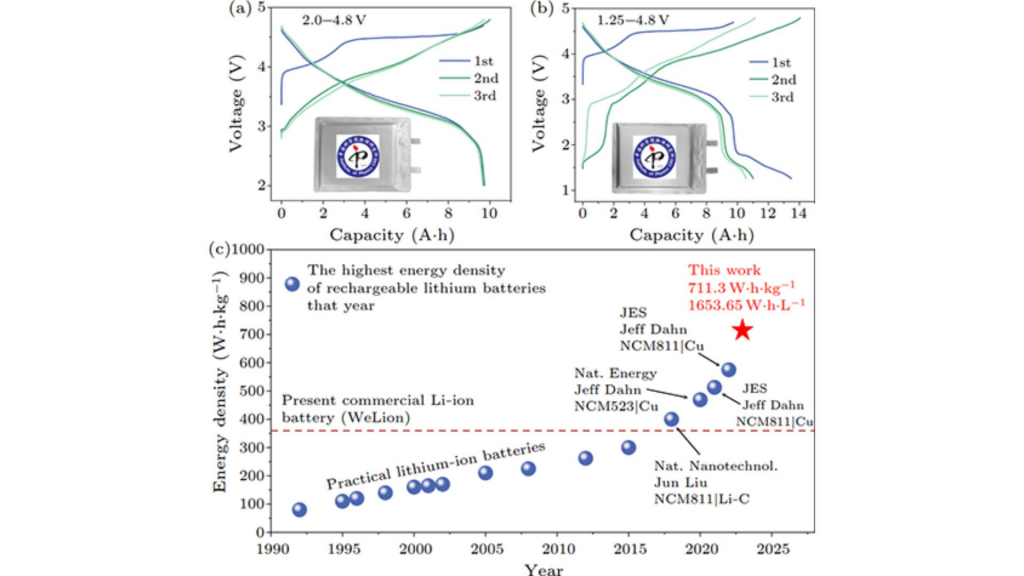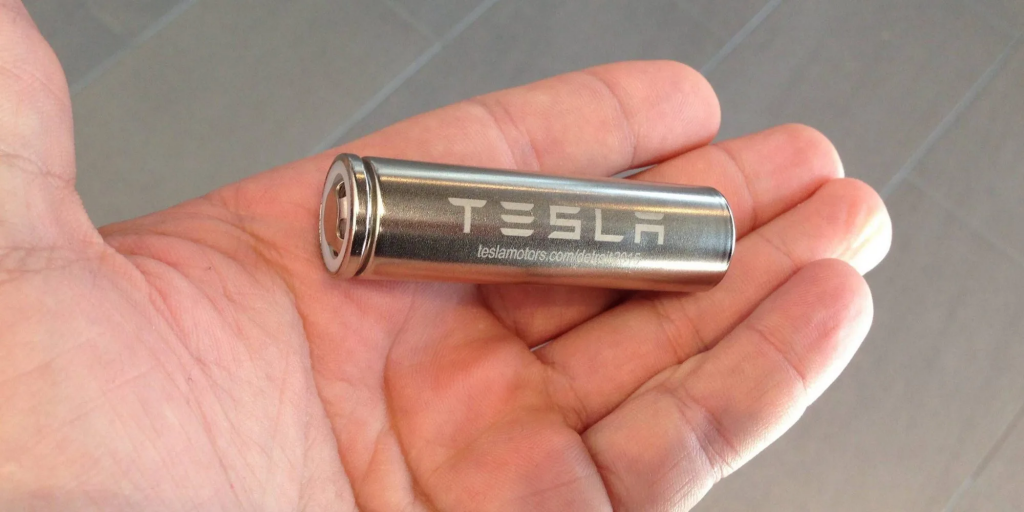Chinese researchers at the Institute of Physics, Chinese Academy of Sciences, have accomplished a remarkable feat by developing a battery pack with an energy density of 711 Wh/kg, surpassing the capacity of current electric vehicle battery packs by threefold.
This breakthrough holds immense significance as energy density is a crucial factor in enabling the widespread adoption of electric modes of transportation. With higher energy densities, vehicles can benefit from increased power availability, extending their range and payload capacities. The achievement is particularly promising for electrifying long-haul transport across land, water, and air.
Led by professors Li Hong and Xiqian Yu from the National Research Center for Condensed Matter Physics in Beijing, the research team devised a 10Ah-class soft-pack lithium secondary battery. The design incorporated an ultra-thin lithium metal anode and a lithium-rich manganese oxide-based cathode, with extensive testing carried out by the China North Vehicle Research Institute.

The team expanded the charge/discharge voltage range to enhance energy storage density while carefully considering the structural capabilities of both the cathode and the anode. This was essential as lithium ions deposit and dissolve into the battery during the charging and discharging process. Additionally, the researchers employed diaphragm coating technology to address reversibility issues with the ultra-thin lithium on larger surfaces. They also explored methods to optimize the functionality of the electrolytes in the battery system.
As a result of their innovative approaches, the researchers achieved an impressive energy density of 711.30 Wh/kg and a volumetric energy density of 1,653.65 Wh/L. These values far exceed the energy densities commercially available battery packs offer today. For comparison, Tesla’s upcoming models utilizing 4680 cells possess an energy density of 244 Wh/kg.
Since Sony’s introduction of commercial lithium-ion technology in 1991, the pursuit of higher energy density batteries has remained a driving force in advancing the field. Chinese battery manufacturer CATL recently demonstrated a 500 Wh/kg battery pack. However, the record has been significantly surpassed by Dalhousie University’s battery with an energy density of 575 Wh/kg, highlighting the ongoing progress being made. Despite these achievements, commercial viability remains a distant goal.

While the focus of this battery pack was primarily on maximizing energy density, there are still unknown compromises that might have been made to achieve this feat. Charging times, operating temperatures, lifespan, and explosion risks are among the crucial considerations that must be addressed before a new battery pack can be deployed for commercial use.
Acknowledging the room for improvement in their design, the researchers recognize the enormous potential for further advancements. Nonetheless, this breakthrough sets a new benchmark for energy storage in batteries and may mark the initial step towards realizing the dream of all-electric long-haul flights.
The research was published in the Chinese Physics Letters.


